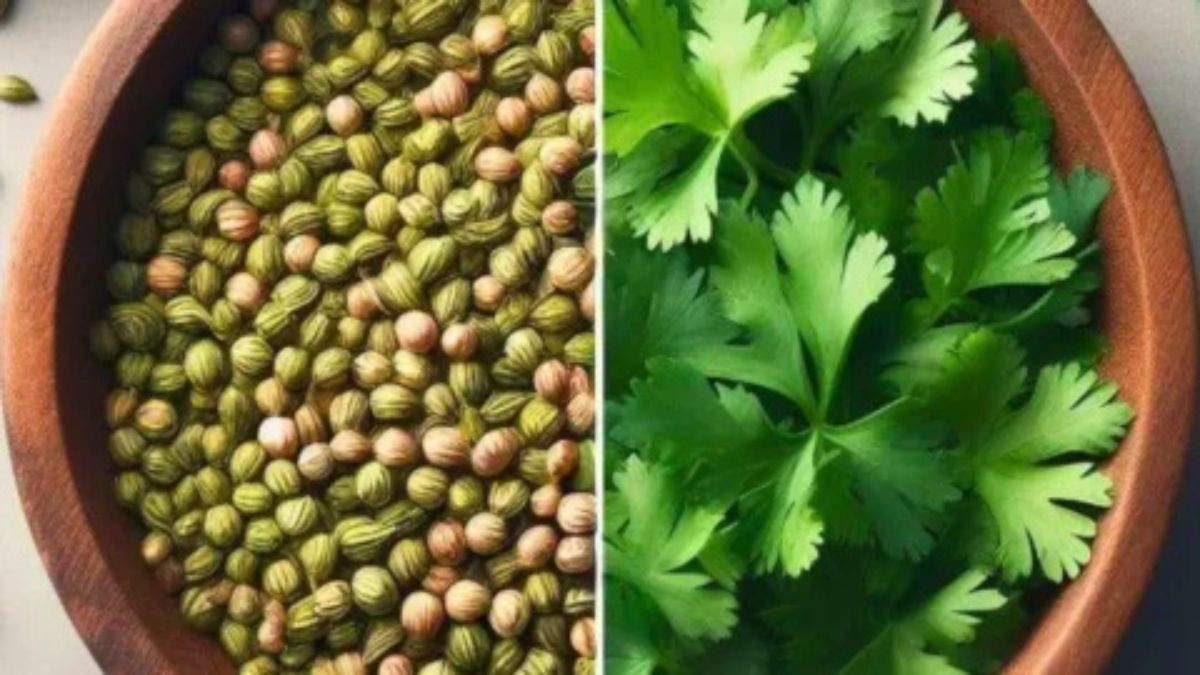Koriandri: A Global Herb with Endless Stories
Koriandri is another name for what most people know as coriander, a small herb with a surprisingly big reputation. For centuries, this plant has moved across cultures, kitchens, and traditions, leaving behind a legacy that stretches far beyond its delicate leaves and tiny seeds. While many see it simply as an everyday spice or garnish, Koriandri is really a symbol of culinary creativity, cultural identity, and even holistic healing. When we dive deeper into its story, we realize that this herb carries a history that mirrors the movement of people and the blending of traditions across the world.
The Origins of Koriandri
The story of Koriandri starts thousands of years ago. Ancient civilizations already knew about its seeds and used them both for cooking and for medicine. Archaeologists have even found coriander seeds inside the tombs of Egyptian pharaohs, which shows just how valued it was. In Greece and Rome, it appeared in both kitchens and apothecaries, praised for its distinctive taste and its ability to help with digestion. The name itself has shifted across languages and time, with “Koriandri” being one of the many variations, yet the essence of the herb has always remained consistent—something both flavorful and useful.
The Dual Nature: Leaves and Seeds
One of the fascinating things about Koriandri is how different its parts taste. The fresh leaves are light, citrusy, and aromatic, often described as refreshing or even sharp. They bring brightness to salads, curries, and soups. The seeds, on the other hand, have a warm, nutty, and slightly spicy flavor. When ground, they become a key spice in countless seasoning blends. This dual nature makes Koriandri unique, offering two completely different profiles from one single plant. Few herbs have this kind of versatility, which is part of the reason why it has traveled so far and stayed so relevant.
Koriandri in World Cuisines
To understand the influence of Koriandri, just look at global cuisines. In Indian cooking, coriander seeds are essential in curry powders and masalas, while the leaves—called cilantro—add freshness to chutneys and dals. In Latin American cooking, cilantro is indispensable in salsas, guacamole, and soups. Thai food often uses both the root and the leaves for building flavor in curries and broths. Middle Eastern dishes incorporate coriander seeds into spice mixes like baharat, while Mediterranean cuisine has long relied on it to season meats, bread, and stews. Wherever you travel, you’ll find Koriandri waiting on the plate in some form, proving its universality.
A Polarizing Taste
Despite its global popularity, Koriandri has always been a bit controversial. Some people absolutely love it, while others claim it tastes like soap. This divide isn’t just a matter of personal preference—it’s actually rooted in genetics. Scientists have discovered that certain people carry a variation in their olfactory genes that makes them more sensitive to the aldehyde compounds in coriander leaves, leading to that soapy flavor perception. This explains why some families can have both coriander lovers and coriander avoiders sitting at the same dinner table. It’s a reminder that taste is not just about culture but also about biology.
Koriandri as Medicine
Beyond its role in food, Koriandri has long been seen as a natural healer. Traditional systems like Ayurveda and Chinese medicine use coriander for a variety of purposes. It is believed to aid digestion, reduce inflammation, and even help balance blood sugar levels. Coriander seeds are often steeped into teas to relieve stomach issues, while coriander oil is sometimes used for its calming and detoxifying properties. Modern research continues to investigate these claims, and while not all are fully proven, there’s enough evidence to show that Koriandri is more than just a flavor booster—it’s a health supporter too.
Symbolism and Cultural Identity
Koriandri also carries cultural symbolism. In many societies, offering a dish seasoned with coriander is not just about taste but about warmth, hospitality, and tradition. For some, it is a symbol of abundance, since its seeds can produce so many plants. In others, it has spiritual meaning, often tied to protection and renewal. From the Middle East to South Asia, the herb is woven into cultural ceremonies, recipes handed down through generations, and even folk remedies that represent heritage and identity.
The Role in Modern Kitchens
Today, Koriandri is more available than ever before. Supermarkets around the world sell fresh bunches of cilantro and bottles of coriander seeds side by side, ready for home cooks to use. Its versatility makes it a staple ingredient for modern kitchens that embrace global flavors. Professional chefs experiment with it in new forms, such as coriander-infused oils, foams, or syrups for cocktails and desserts. Meanwhile, everyday households use it to brighten up simple meals like soups, salads, or rice. Its presence is both humble and creative, blending seamlessly into different styles of cooking.
Growing Koriandri at Home
One of the great things about Koriandri is that it is easy to grow. Whether in a backyard garden or a small pot on a windowsill, this herb thrives with just a little care. It prefers moderate sunlight and regular watering, and it grows quickly from seeds. The joy of harvesting fresh leaves or seeds straight from your own plant makes cooking feel even more rewarding. For many, growing Koriandri is not only about convenience but also about connecting to the earth and the cycles of growth and renewal.
Environmental and Sustainable Value
In a world where sustainability is becoming more important, Koriandri has its own role to play. Because it grows fast and adapts to different climates, it doesn’t require heavy resources to cultivate. Farmers across different regions can grow it without excessive fertilizers or water, making it an environmentally friendly herb. Additionally, because both its leaves and seeds are useful, very little of the plant goes to waste. This kind of efficiency is valuable in today’s food systems, where reducing waste and conserving resources are priorities.
Personal and Emotional Connections
For many people, Koriandri is tied to personal memories. A grandmother’s curry, a father’s salsa, or a family gathering where fresh chutney was served—all of these moments are flavored by this little herb. It becomes more than just an ingredient; it’s a thread in the fabric of family life. When we smell or taste coriander, we might be transported back to childhood kitchens or festive occasions. This emotional connection gives Koriandri a special place in our hearts, turning it from a common plant into something deeply personal.
The Global Movement of Koriandri
The journey of Koriandri reflects the story of globalization itself. From ancient trade routes to modern supermarkets, this herb has moved across continents, adapting to new soils and new tastes along the way. It has managed to become part of so many cultures while still maintaining its core identity. Its adaptability mirrors that of humanity, always on the move, always blending, always evolving. In many ways, Koriandri is not just an herb—it’s a living example of cultural exchange.
Looking Toward the Future
As food trends evolve, Koriandri will continue to play a role in shaping modern dining experiences. The rise of plant-based diets, health-conscious cooking, and global fusion cuisine all rely on ingredients like coriander for depth and freshness. Chefs and home cooks alike will keep experimenting with new ways to showcase its flavors, whether in smoothies, herbal teas, or unexpected pairings with desserts. The versatility of Koriandri ensures that it will never fade into the background—it will always find new ways to remain relevant.
Conclusion: More Than Just an Herb
When we talk about Koriandri, we are talking about much more than coriander leaves or seeds. We are talking about a plant that has traveled through time and across cultures, leaving behind traces of history, identity, and creativity. It is a healer, a flavor-maker, a memory-holder, and a bridge between people. From ancient tombs to modern kitchens, from cultural rituals to personal memories, Koriandri continues to prove that even the smallest herbs can have the biggest impact. Next time you sprinkle a little on your food, remember that you’re not just seasoning a dish—you’re taking part in a story that stretches back thousands of years and continues to grow with every meal.





